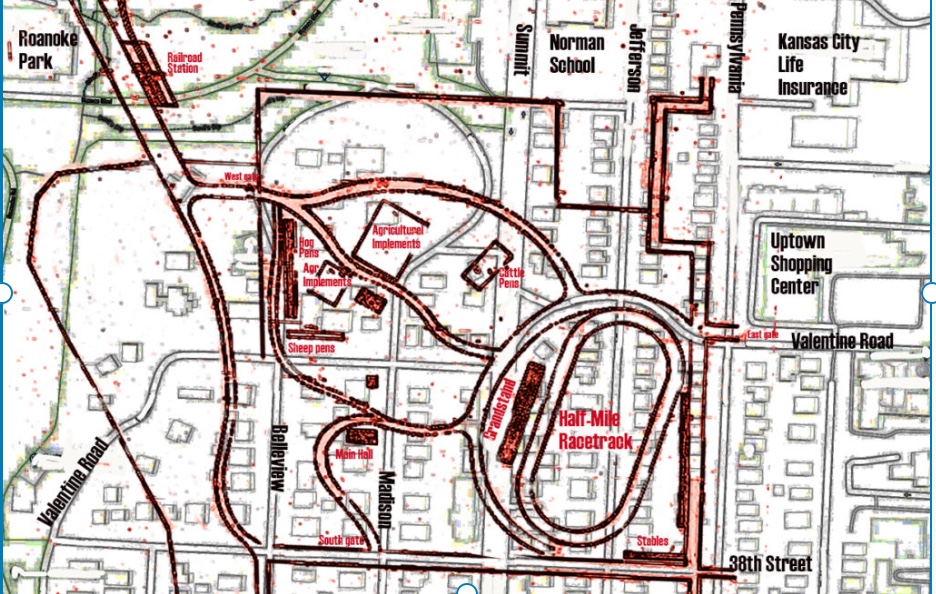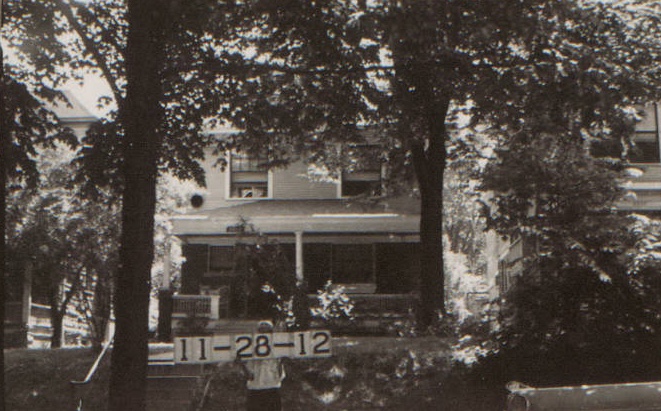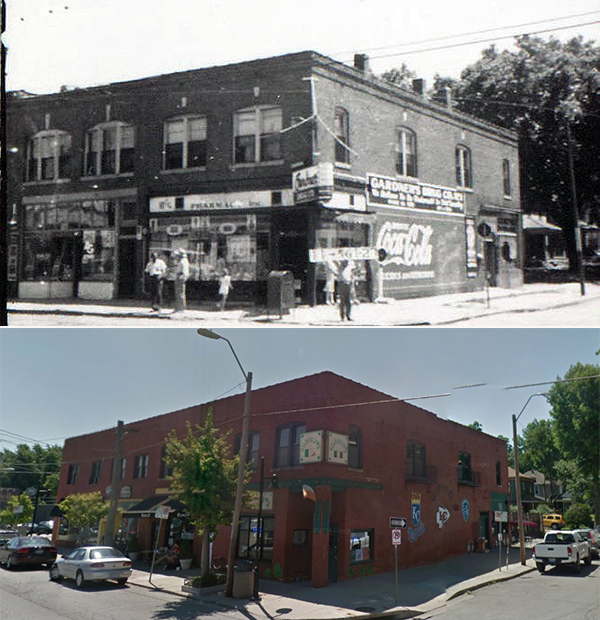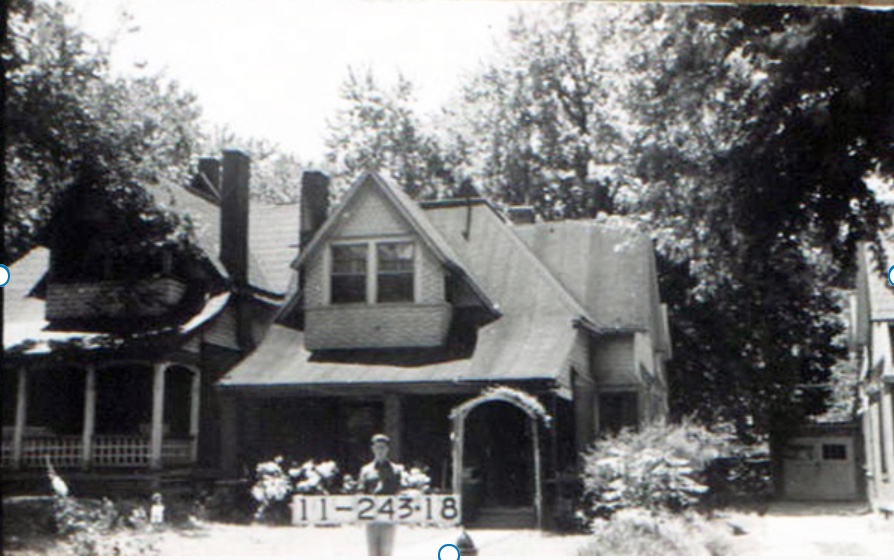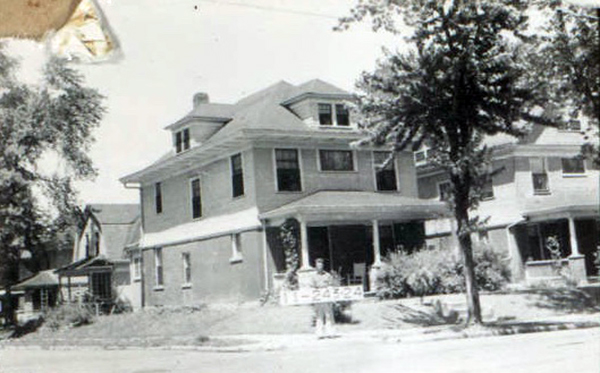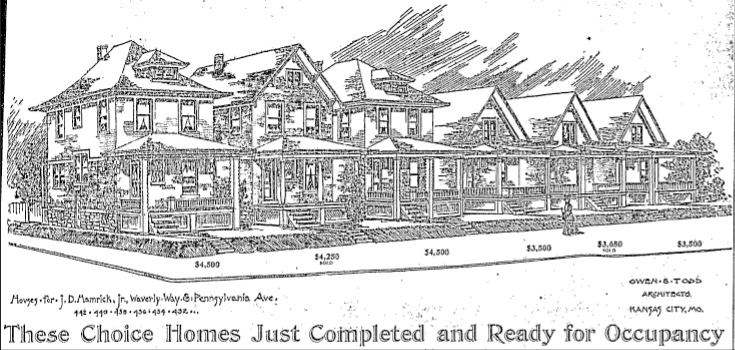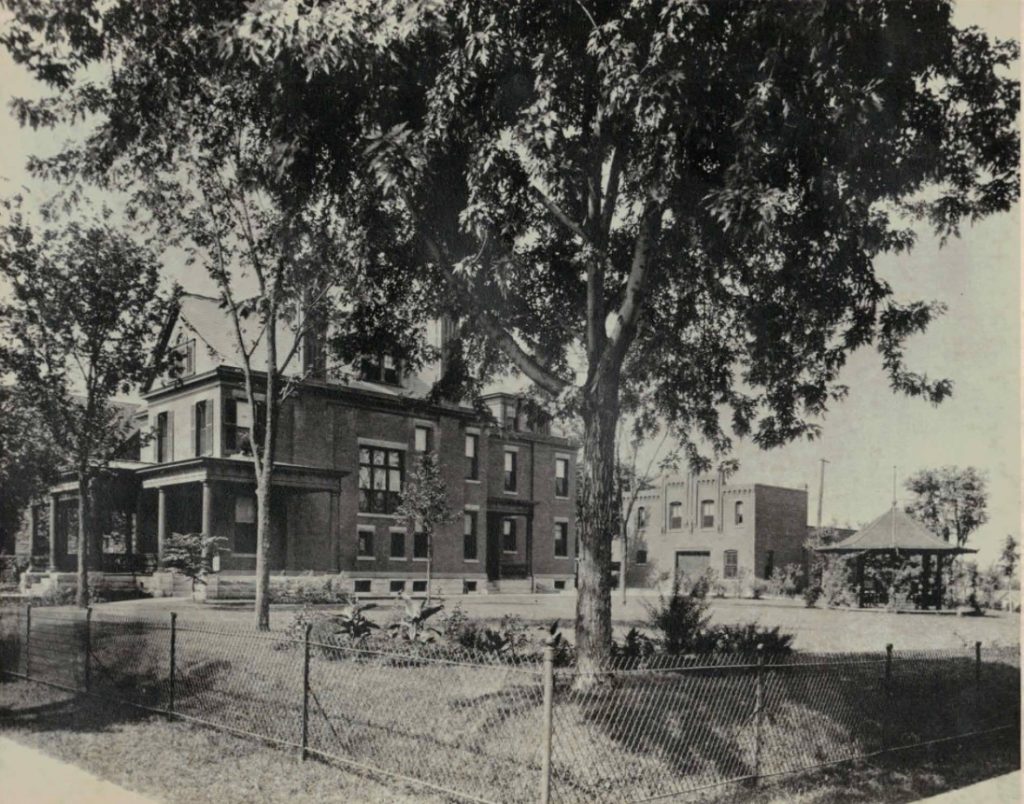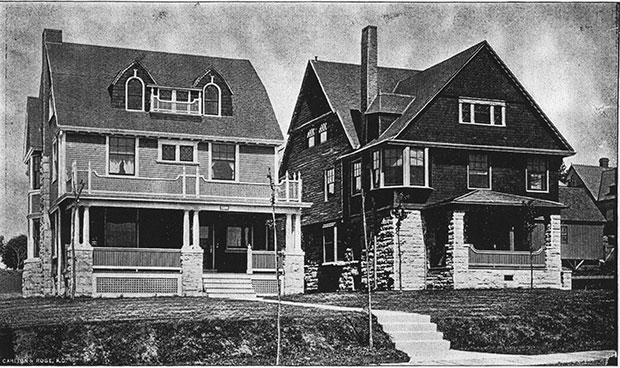Map Shows Fairground Racetrack That Became Curve of Valentine Road
A popular fairground that lasted for only five years left a lasting mark on the development of Midtown. In the 1800s, fairs that showcased agriculture techniques and equipment and offered wildly popular horse races were held all over the United States. From 1882 to 1887, the Kansas City Inter-State Fairgrounds operated on land stretching from […]
Map Shows Fairground Racetrack That Became Curve of Valentine Road Read More »
